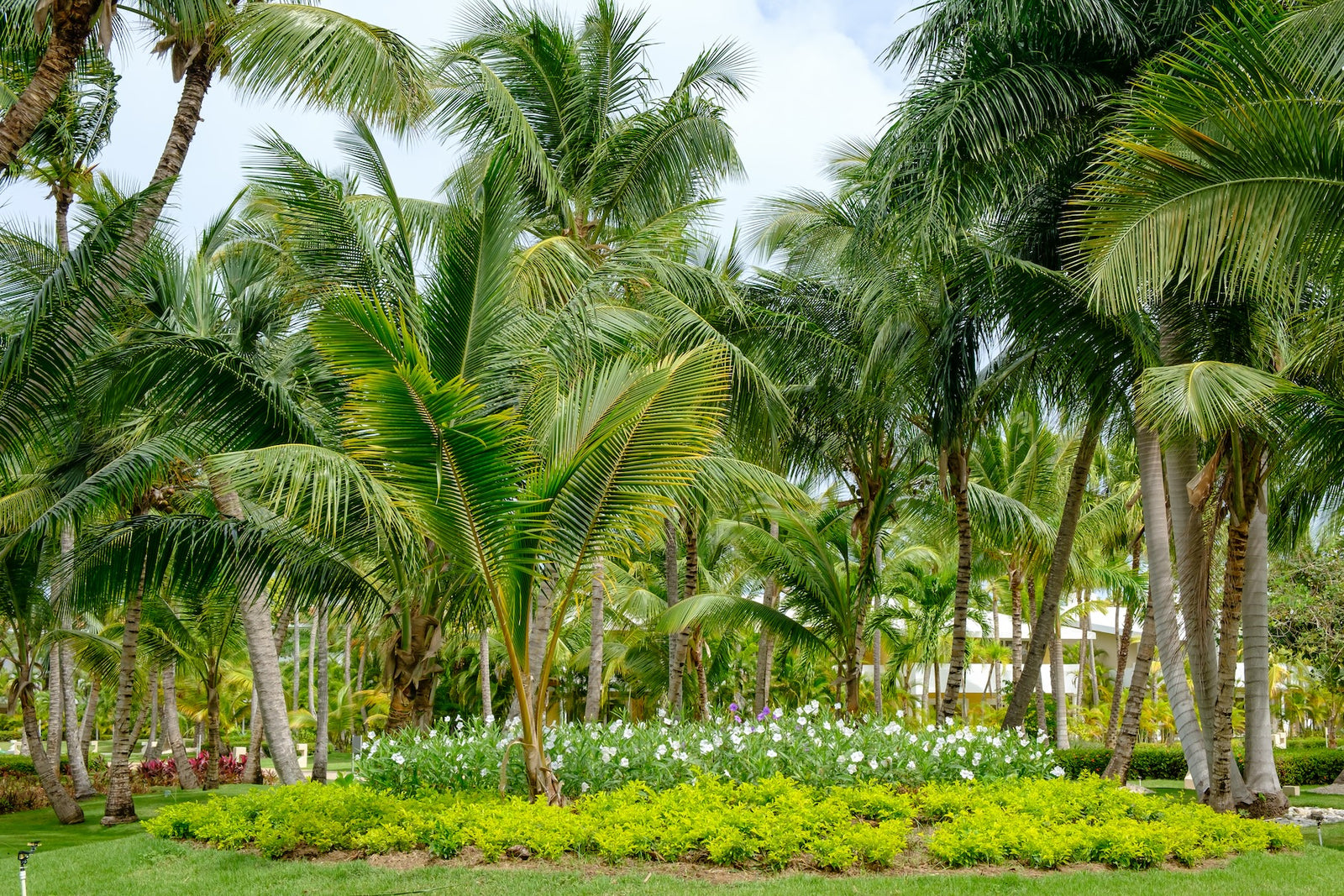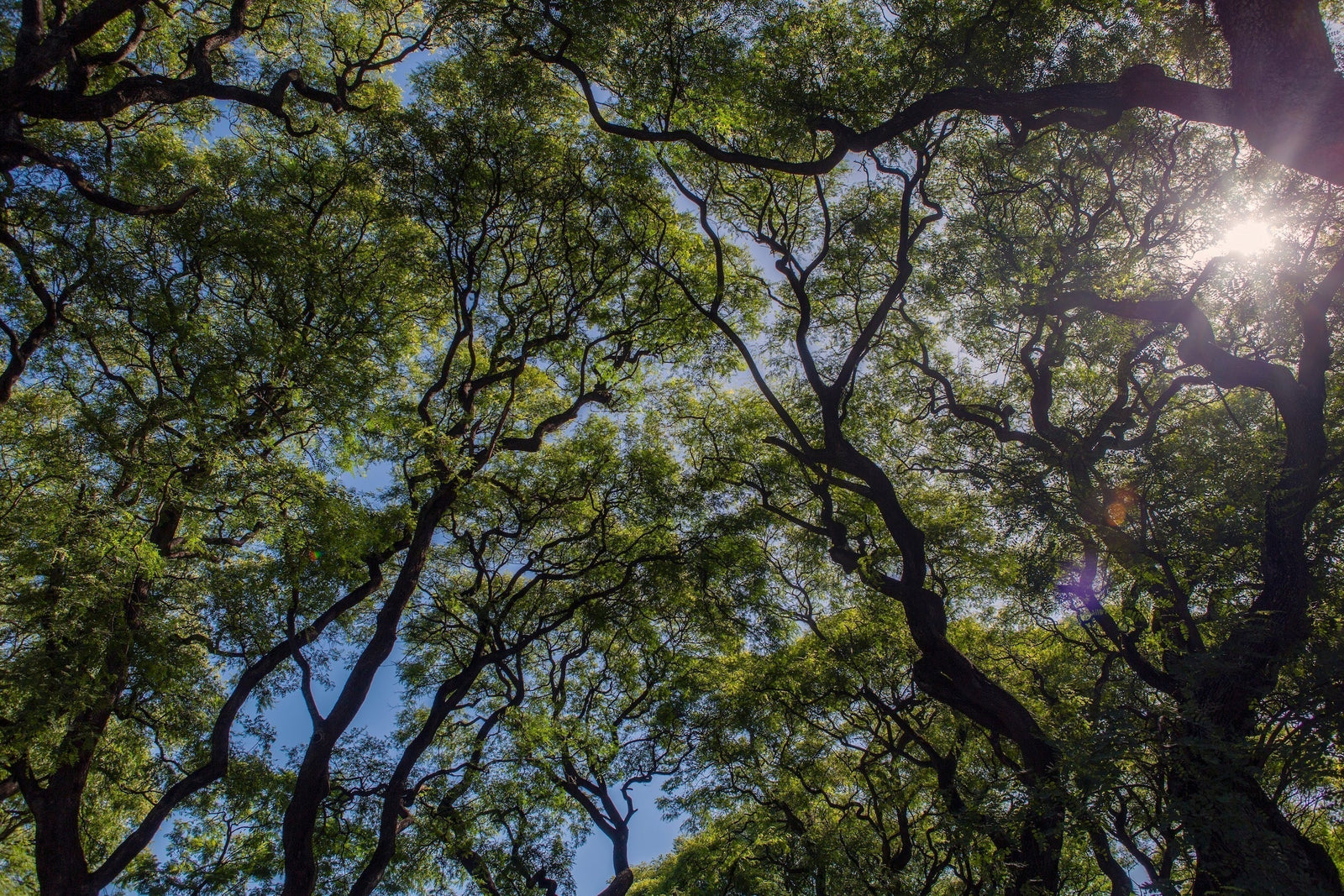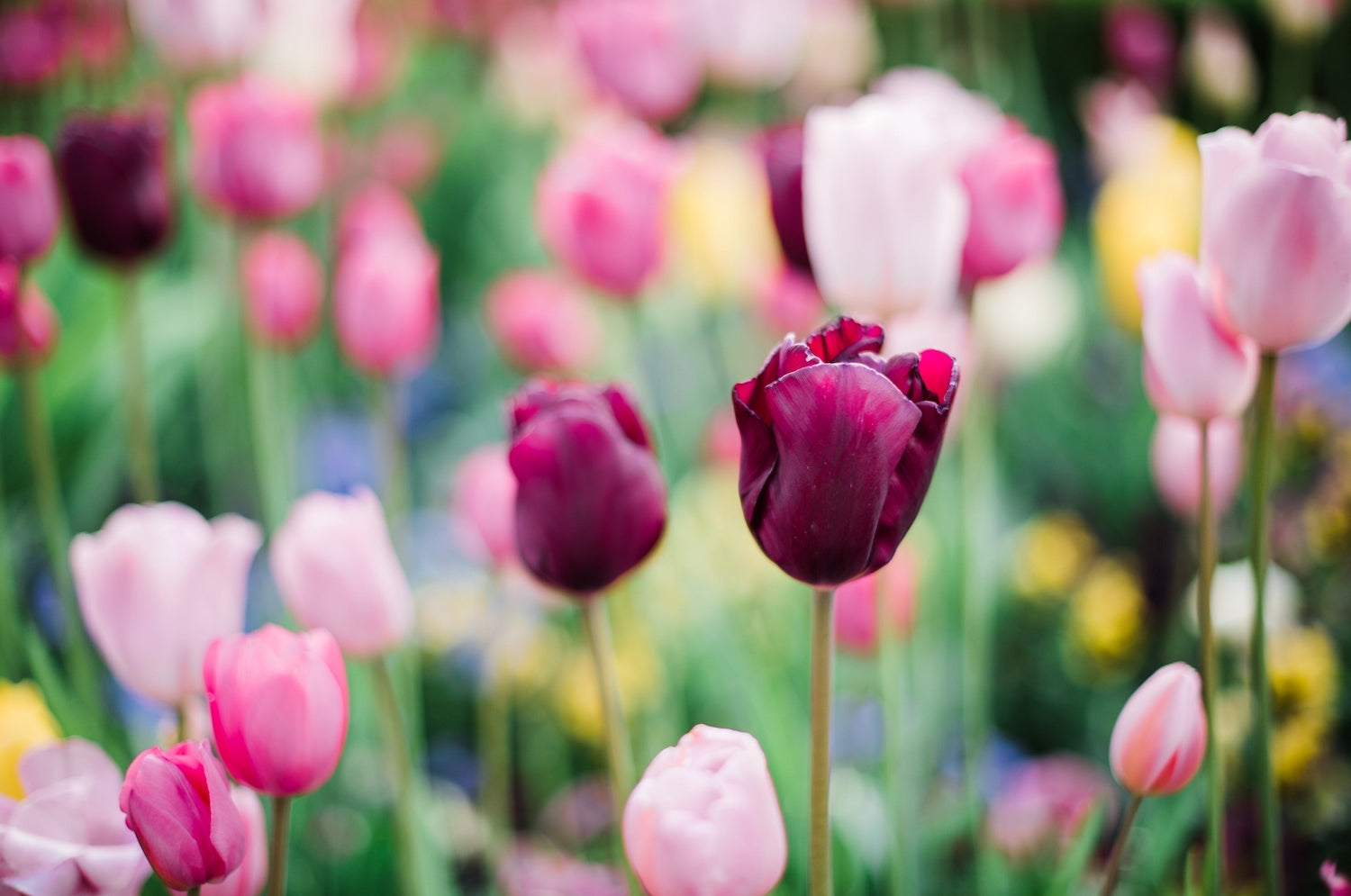
San Diego’s coastal charm, Mediterranean climate, and sunny disposition make it the perfect environment for palm trees to flourish. These iconic trees enhance the aesthetic appeal of your landscape and provide shade and a tropical vibe that’s quintessentially Californian. Whether you're looking to add a few palm trees to your garden or planning a complete landscape overhaul, understanding the specifics of planting and caring for palm trees in San Diego is key.
At Grangetto’s Farm and Garden Supply, we’re here to guide you through the process, ensuring your palm trees thrive in this beautiful region.
---
Table of Contents:
- Why Palm Trees Thrive in San Diego
- Choosing the Right Palm Trees for San Diego
- Preparing to Plant Palm Trees in San Diego
- Planting Your Palm Tree
- Caring for Palm Trees in San Diego
- Designing Your San Diego Landscape with Palm Trees
- Trust Grangetto’s for Your Gardening Needs
---

Why Palm Trees Thrive in San Diego

---
Choosing the Right Palm Trees for San Diego
- Coastal Areas: If you live close to the coast, where the climate is cooler and more humid, consider palms like the King Palm (Archontophoenix alexandrae) or the Queen Palm (Syagrus romanzoffiana). These palms do well in the milder, coastal climate and add an elegant touch to any landscape.
- Inland Areas: For the warmer, drier inland areas, the Mexican Fan Palm (Washingtonia robusta) and the California Fan Palm (Washingtonia filifera) are excellent choices. These palms are more drought-tolerant and can handle the higher temperatures often found away from the coast.
- Shady Gardens: If your garden has more shade, consider the Kentia Palm (Howea forsteriana) or the Pygmy Date Palm (Phoenix roebelenii). These palms thrive in lower light conditions and are perfect for adding a tropical feel to shaded patios and courtyards.
- Cold-Hardy Palms: For areas that might experience colder temperatures, such as the higher elevations in San Diego County, the Windmill Palm (Trachycarpus fortunei) is a great option. It’s one of the most cold-tolerant palms and can withstand occasional frost.
---

Photo provided by Shutterfly
---
Preparing to Plant Palm Trees in San Diego
Once you’ve selected the ideal palm tree for your location, the next step is to prepare your garden for planting. San Diego’s soil types can vary widely, so it’s important to understand your soil and make any necessary amendments before planting.
- Soil Preparation: Most palm trees prefer well-drained soil that’s rich in organic matter. If your soil is heavy clay, consider amending it with compost and sand to improve drainage. For sandy soils, adding organic matter will help retain moisture and provide necessary nutrients.
- Selecting the Right Spot: Choose a location in your garden that receives the appropriate amount of sunlight for your chosen palm species. While many palms thrive in full sun, some, like the Kentia Palm, prefer partial shade. Ensure the area has enough space for the palm’s mature size, both in height and spread.
- Digging the Hole: Dig a hole that is twice as wide as the palm’s root ball and slightly shallower. This allows the palm to sit slightly above ground level, which aids in drainage and prevents water from pooling around the trunk.
---
 Photo provided by Shutterfly
Photo provided by Shutterfly
---
Planting Your Palm Tree
With the location prepared, it’s time to plant your palm tree. Follow these steps for successful planting in San Diego’s unique conditions:
- Positioning the Palm: Carefully place the palm tree in the hole, making sure it’s straight. The top of the root ball should be slightly above ground level. Backfill the hole with the amended soil, pressing down gently to eliminate air pockets.
- Watering: Water the palm tree thoroughly after planting to help settle the soil. In San Diego’s climate, newly planted palms will need regular watering until they establish their root systems. Water deeply once or twice a week, ensuring the soil remains evenly moist but not waterlogged.
- Mulching: Apply a 2- to 3-inch layer of mulch around the base of the palm, extending out to the drip line. Mulch helps retain moisture, suppress weeds, and regulate soil temperature. Be careful not to pile mulch directly against the trunk, as this can cause rot.
---

Photo provided by Shutterfly
---
Caring for Palm Trees in San Diego
Palm trees are relatively low-maintenance, but they do require some ongoing care to thrive in San Diego’s climate.
- Fertilizing: Palm trees benefit from regular fertilization, especially in nutrient-poor soils. Use a slow-release palm fertilizer with a balanced ratio of nitrogen, phosphorus, and potassium. At Grangetto’s, we recommend fertilizing your palms three to four times a year, particularly during the growing season.
- Pruning: Prune your palm trees as needed to remove dead or yellowing fronds and old flower or fruit stalks. This not only improves the tree’s appearance but also helps prevent the spread of pests and diseases. Always use clean, sharp pruning tools to avoid damaging the tree.
- Pest and Disease Management: While palm trees are generally resilient, they can be susceptible to pests like spider mites, scale, and diseases such as Fusarium wilt. Regularly inspect your palms for signs of pests or disease, such as discolored fronds, sticky residue, or unusual growth patterns. If you notice any issues, contact Grangetto’s for advice on effective treatments. We offer a range of organic and chemical solutions tailored to the specific needs of San Diego gardens.
- Winter Care: In San Diego’s coastal and inland areas, winter temperatures are generally mild, but occasional cold snaps can occur, especially in higher elevations. If frost is expected, protect young or cold-sensitive palms by covering them with frost cloth or blankets overnight.
---

Photo provided by Shutterfly
---
Designing Your San Diego Landscape with Palm Trees
Incorporating palm trees into your landscape design can transform your outdoor space into a tropical oasis that reflects San Diego’s coastal beauty. Consider these design ideas to make the most of your palm trees:
- Create Focal Points: Use taller palm trees, like the Queen Palm or Mexican Fan Palm, as focal points in your garden. Plant them near entrances, walkways, or patios to create a dramatic effect.
- Layered Planting: Combine different palm species with varying heights and textures to create a lush, layered look. Pairing palms with other tropical plants like hibiscus, bird of paradise, and bougainvillea can enhance the exotic feel of your garden.
- Container Gardening: For smaller spaces, consider planting palms in large containers. The Pygmy Date Palm and Sago Palm are excellent choices for container gardening, allowing you to enjoy the beauty of palms even in limited space.
-
Coastal Themes: If you live near the coast, embrace a beachy, coastal theme by pairing palms with succulents, grasses, and other drought-tolerant plants. This not only creates a cohesive look but also ensures your garden is water-wise and sustainable.
---
 Photo provided by Shutterfly
Photo provided by Shutterfly
---
Trust Grangetto’s for Your Gardening Needs
At Grangetto’s Farm and Garden Supply, we’re dedicated to helping you create the perfect garden for your San Diego home. From expert advice on selecting and planting palm trees to providing the best fertilizers, soil amendments, and gardening tools, we’re here to support you every step of the way.
Whether you’re an experienced gardener or just starting, Grangetto’s is your trusted partner for all your gardening needs. Visit one of our locations today to learn more about how we can help you create a stunning landscape that’s both beautiful and sustainable.
---
Grangetto’s Locations
|
Escondido
|
Encinitas
|
Fallbrook
|






